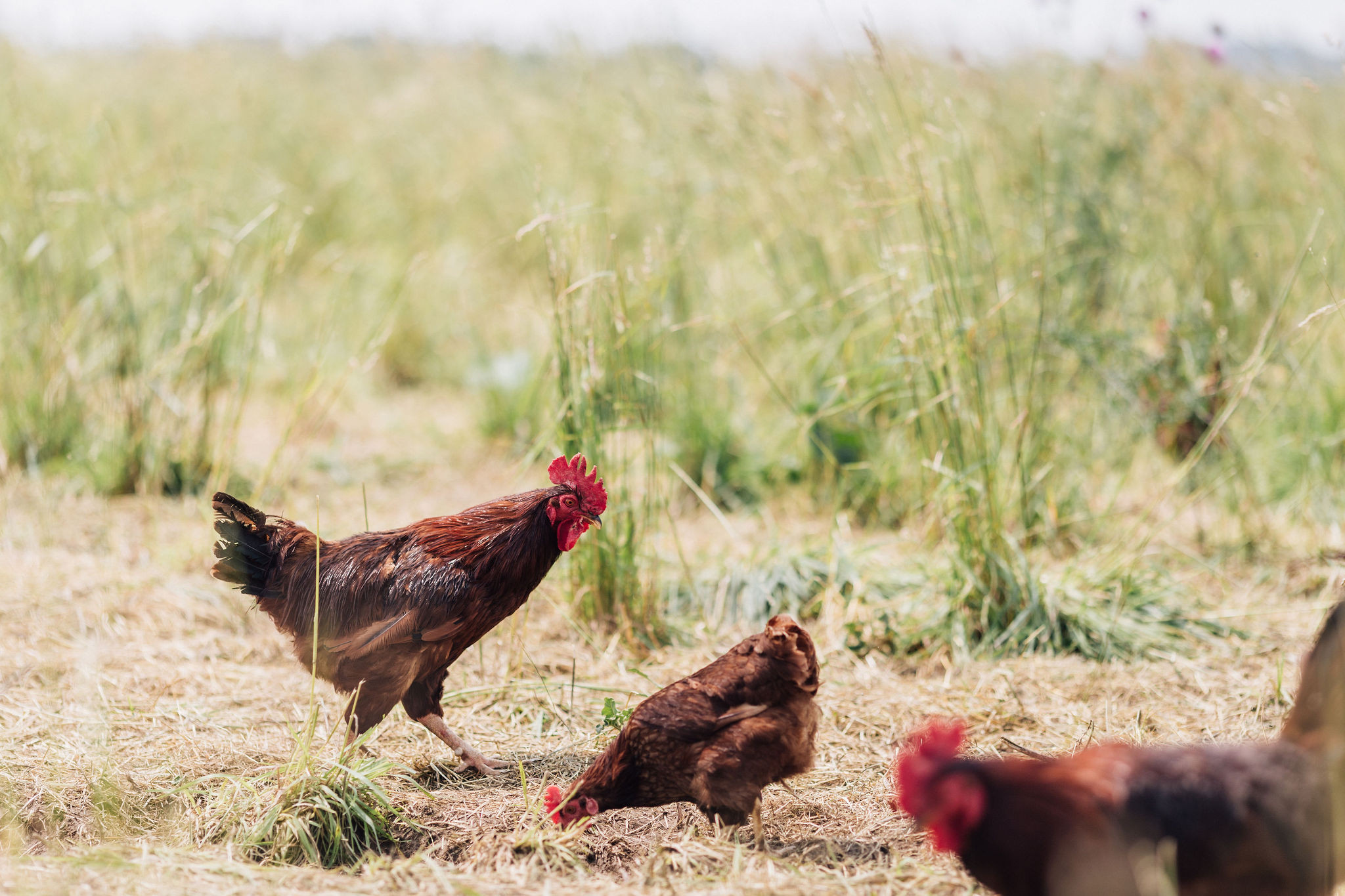What's a whole fryer chicken?
posted on
June 8, 2017
I’ve been buying whole fryers chickens from the farm for quite some time. I mean, at $5.50/lb for a pastured chemical-free soy-free chicken, it’s a pretty good deal. I’ve always wondered, why are they called whole “fryers” chickens? So, I decided that it’s time to do some research.
It turns out that the name defines the size of the chicken. Here’s a breakdown.
- Broilers: Chickens 6 to 8 weeks old and weighing about 2 1/2 pounds
- Fryers: Chickens 6 to 8 weeks old and weighing 2 1/2 to 3 1/2 pounds
- Roasters: Chickens less than 8 months old and weighing 3 1/2 to 5 pounds
- Stewing Chickens: Chickens (usually hens) over 10 months old and weighing 5 to 7 . pounds
- Capons: Castrated males that weigh 6 to 8 pounds
- Cock/Rooster: Male chickens over 10 months old weighing 6 to 8 pounds
Now, this is a bit deceiving, because our farmer lets the chickens grow to 4-5 pounds, which typically takes about 10-12 weeks. This technically puts them in the “roasters” category. However, they are young roasters, which is why the farmer calls them fryers.
I like to use my whole fryers chicken to make multiple days of meals. On the first day, I usually stuff my chicken with a chopped orange and rub the skin with olive oil, salt, pepper, and paprika.Then, I roast it for a few hours in the oven while the delicious aroma of roasting chicken fills my
house. The next day, I will pick the meat off the bones and make a hearty bone broth. I add the meat and some veggies like carrots, celery, and escarole into the broth to make a chicken soup. The next day, I strain out the solids and use them to make a chicken noodle casserole or chicken
salad. I drink the broth or freeze it for later use.
The farmer says that chicken, especially chicken bone broth, is great for building the immune system. I wish you all the best of health this week!




